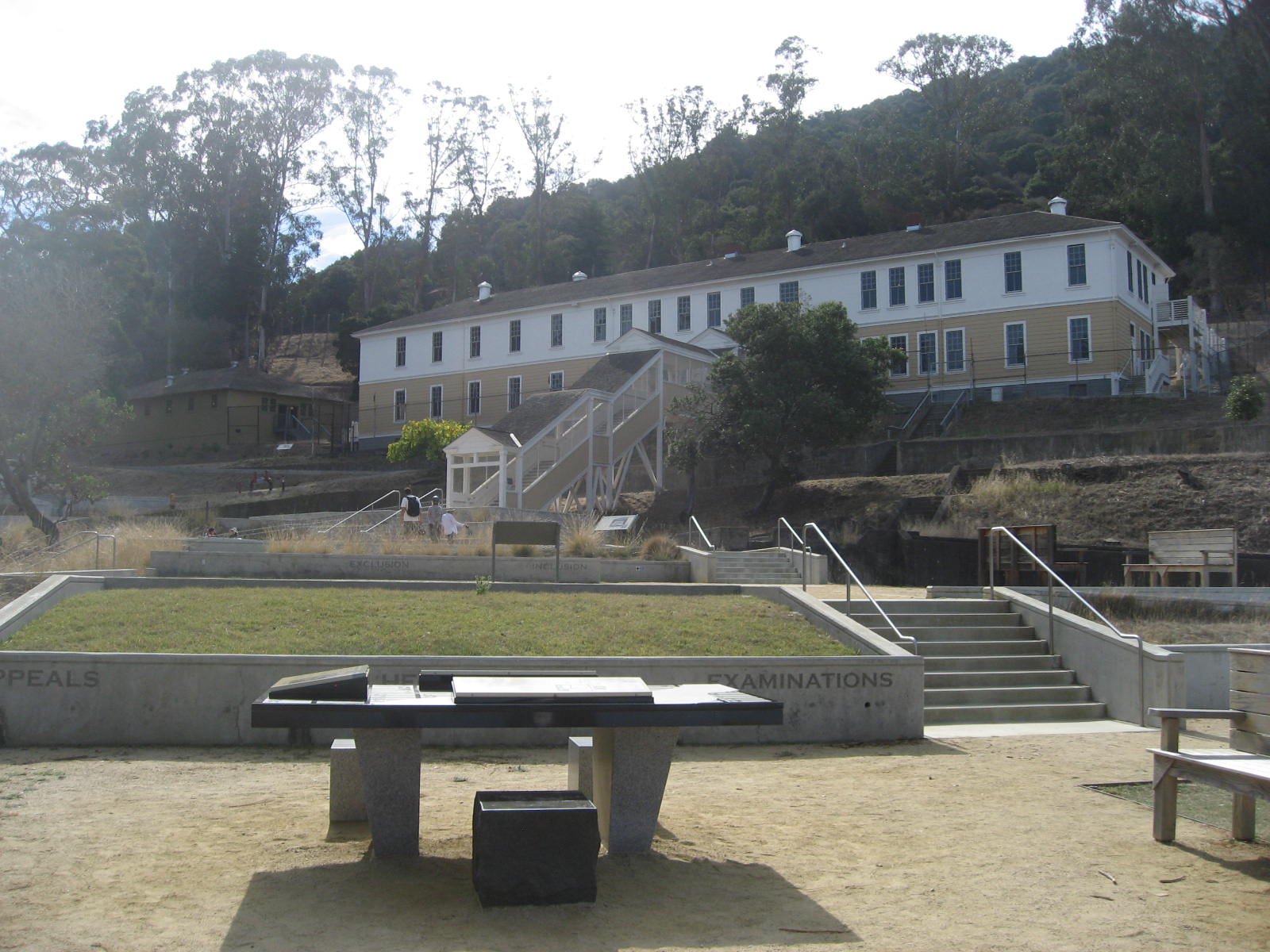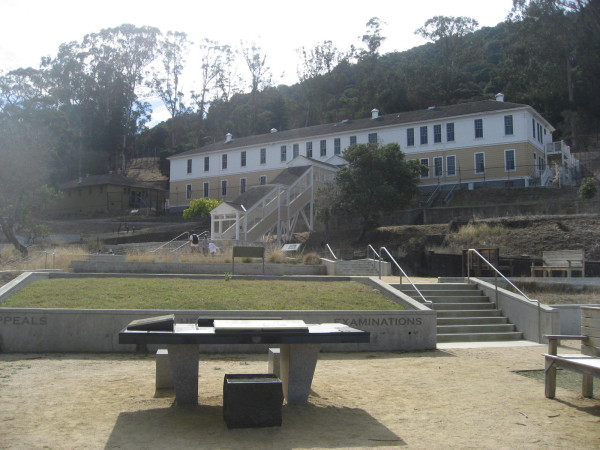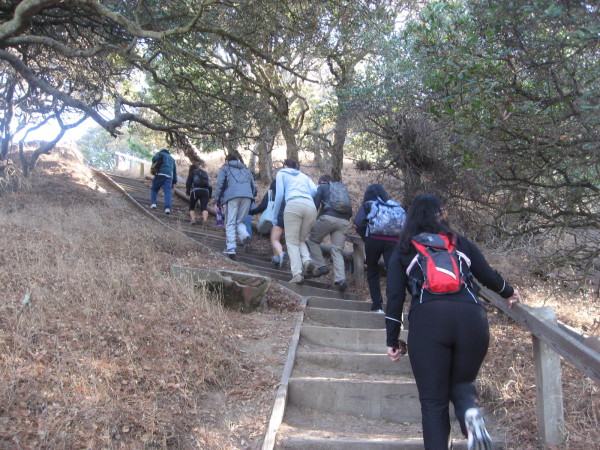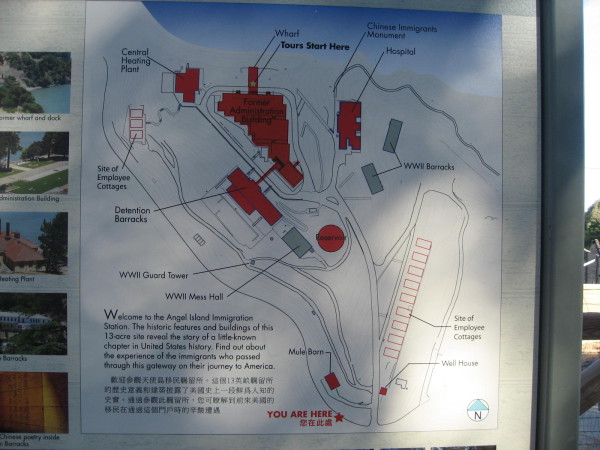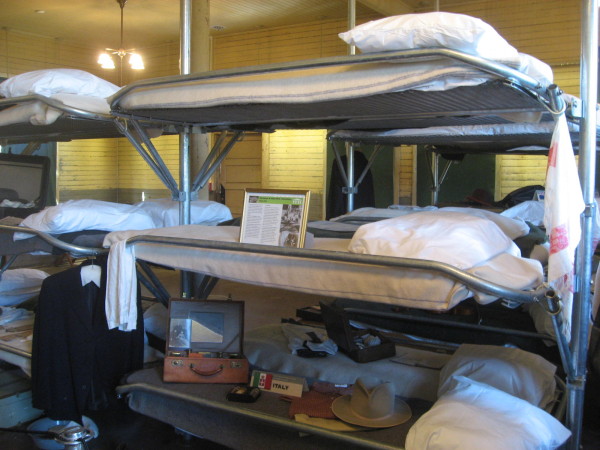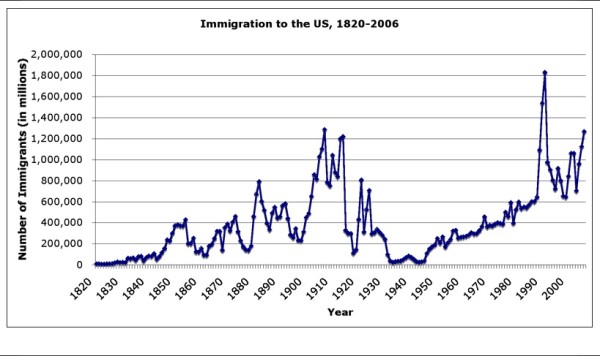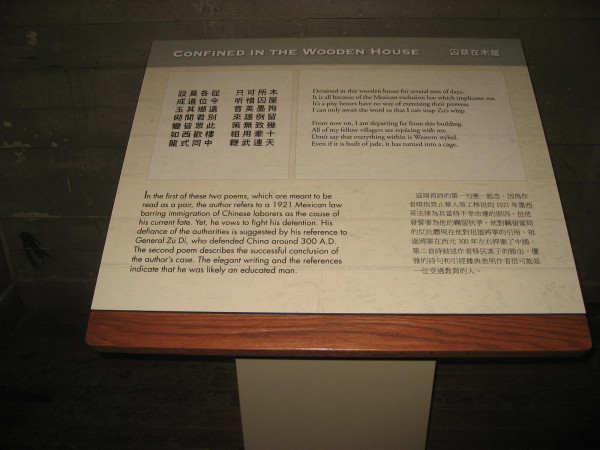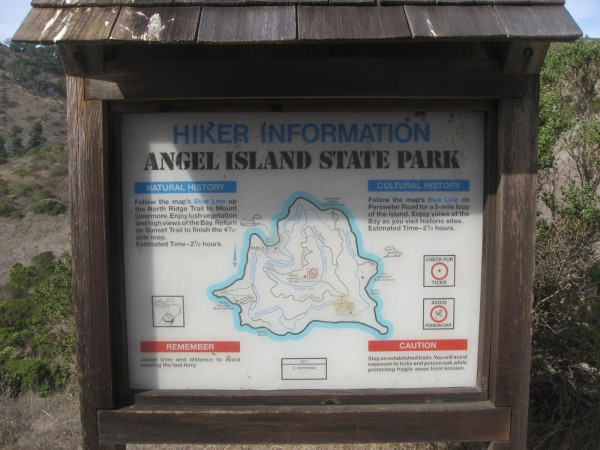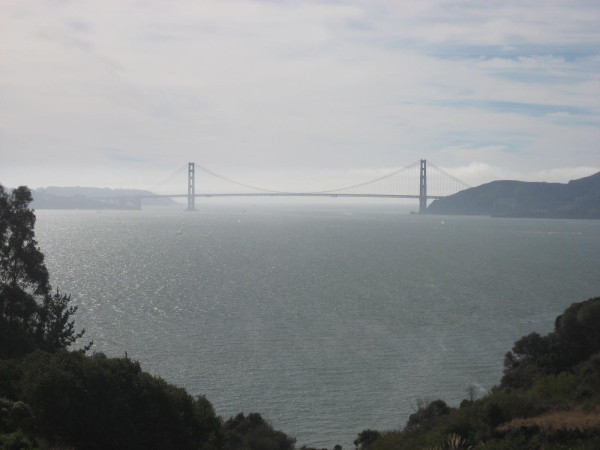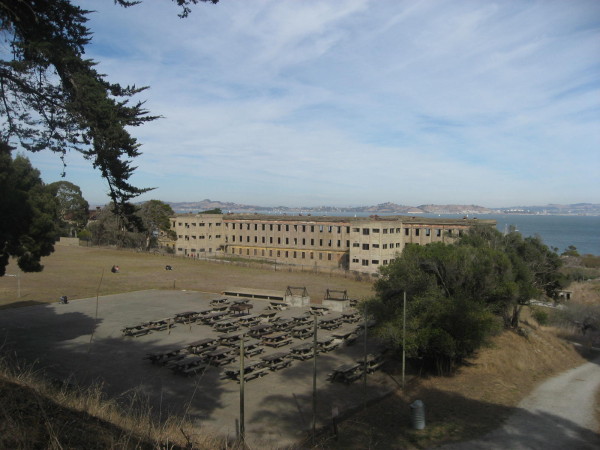Immigration Station. Click on image to expand (for all images for this post). Click twice for full size.
Back in November, I had a chance to take a tour of Angel Island and the Immigration Station there, located in the San Francisco Bay, reachable by a ferry ride. Back in 2009, 8Asians had blogged about the re-opening of Angel Island’s Immigration Station after a 3 year renovation.
Although I’ve lived in the San Francisco Bay Area since 1999, this was my first time ever to Angel Island, which is too bad – because the views of the surrounding Bay Area are amazing (where you can see the Bay Bridge, San Francisco and the Golden Gate Bridge). I had a chance recently due to a guided tour arranged by an alumni organization I’m involved in.
 View from Angel Island – click twice to expand to full-size
View from Angel Island – click twice to expand to full-size
The ferry ride from San Francisco to Angel Island takes about 25 minutes and is $17.00 round-trip for adults and $7 per person for the tour (pre-arranged with an Immigration Station park ranger). From the ferry drop off point at Ayala Cove, it was about a two mile walk to Immigration Station, starting off with a pretty steep set of steps, but was pretty easy afterwards to get to.
A pre-arranged and scheduled volunteer served as our tour guide when we arrived and he was fantastic – he had a real knowledge and passion explaining the history of immigration and Angel Island. He offered us a fascinating historical glimpse into the hardships and challenges facing the Chinese and Asian immigrants and their entry in America as legal immigrants during the first half of the 20th century.
The volunteer tour guide provided some context of the Immigration Station with some historical background on immigration in the United States, from the first origins of Chinese immigrants in the U.S., to the Gold Rush and to the establishment of the Chinese Exclusion Act of 1882 (to have only lasted for 10 year, but renewed in 1892 and made permanent in 1902 – and repealed in 1943).
The Angel Island Immigration Center opened in 1910 and was used as an immigration processing and detention center until 1940. During the 30 years of service as an immigration processing center, the Immigration Station was the point of entry into California for Asian and Russian immigrants including most of the approximately 175,000 Chinese immigrants who came to the United States during that period of time. But compared to massive immigration wave that occurred during that period, 175,000 was a drop in the bucket.
Most of these immigrants were detained on Angel Island for as little as two weeks or as much as six months. A few however, were forced to remain on the island for as much as two years. Approximately 30% of those who hoped to stay were turned back. During World War II, the Immigration Station barracks served as an Prisoner of War Camp.
Beyond the seeing the cramped quarters and facilities for the immigrants, what was of most historical interest was the Chinese poetry engraved in the wooden barracks.
If you get a chance, I highly recommend not only visiting Immigration Station, but also walking around the whole island, known as the Angel Island Loop Trail, is about a 5 mile walk with breathtaking views of the San Francisco Bay.
There are also a lot of remains of a once active military fort, Fort McDowell.
One can also make a reservation to camp overnight at Angel Island, something to think about during the summer.
